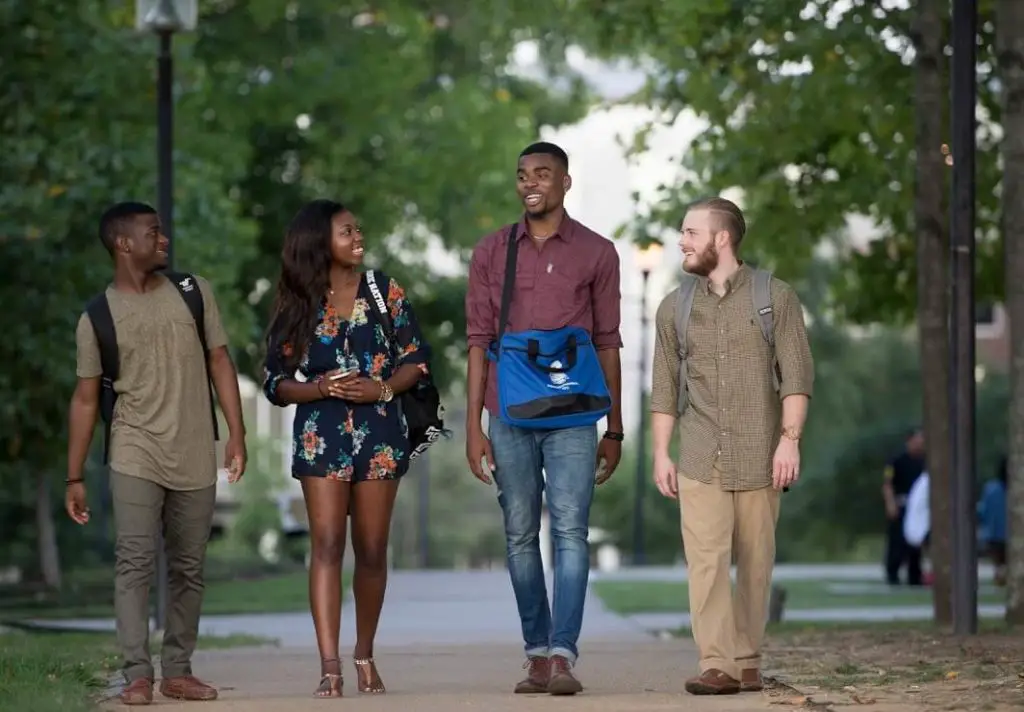Low-income students are facing a hard time when it comes to affording higher education forcing many to take on huge student loan debts, a new research by The Education Trust has found.
Titled How Affordable Are Public Colleges in Your State for Low-Income Students, the report finds an affordability gap for low-income students at public colleges in almost every state.
Such students either end up taking huge debts or work for long hours that it would end up affecting their chances of completing their degrees on time. Many students fall short of nearly $6500 to cover college costs even after subtracting financial aid and income earned from working 10 hours per week at state minimum wage.
“A college degree is the most reliable path to the middle class, but students from low-income backgrounds face a substantial affordability gap at public colleges in nearly every state,” said John B. King, Trust president and CEO.
In some states, many students while attending a public four-year college, work for at least 20 to 40 hours a week to cover the program cost and avoid student loan debt.
“That’s not how public higher education should work in the wealthiest country in the world,” said Andrew H. Nichols, Trust senior director of higher education research and data analytics.
Researchers further found the affordability gap even at lower-priced community and technical colleges which is about $2,500 for students from low-income backgrounds.
To overcome and bridge the affordability gaps, the report recommended investment in need-based aid at the state and federal level and ensure that approaches to free college programs to cover the full cost of attendance for students from low-income families.

